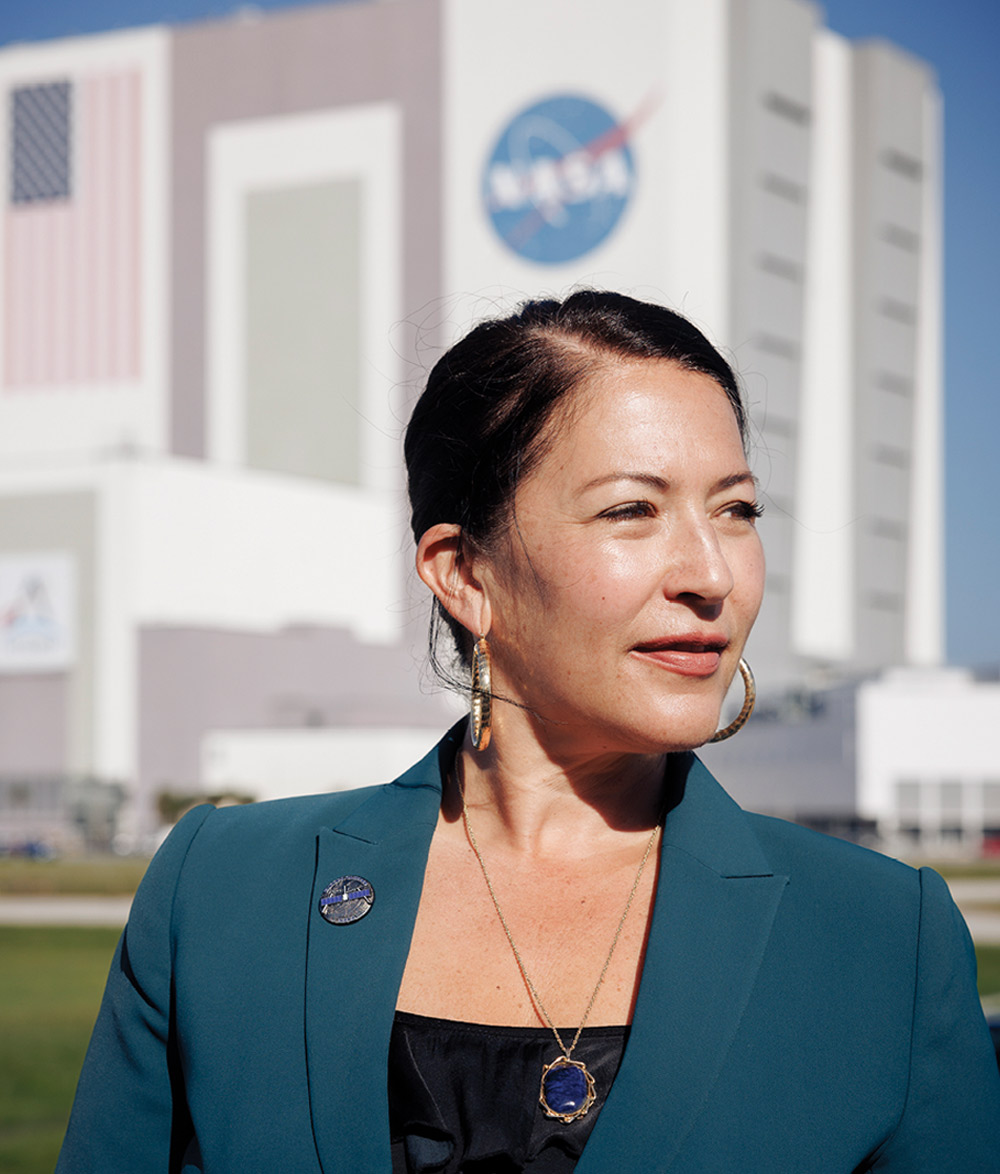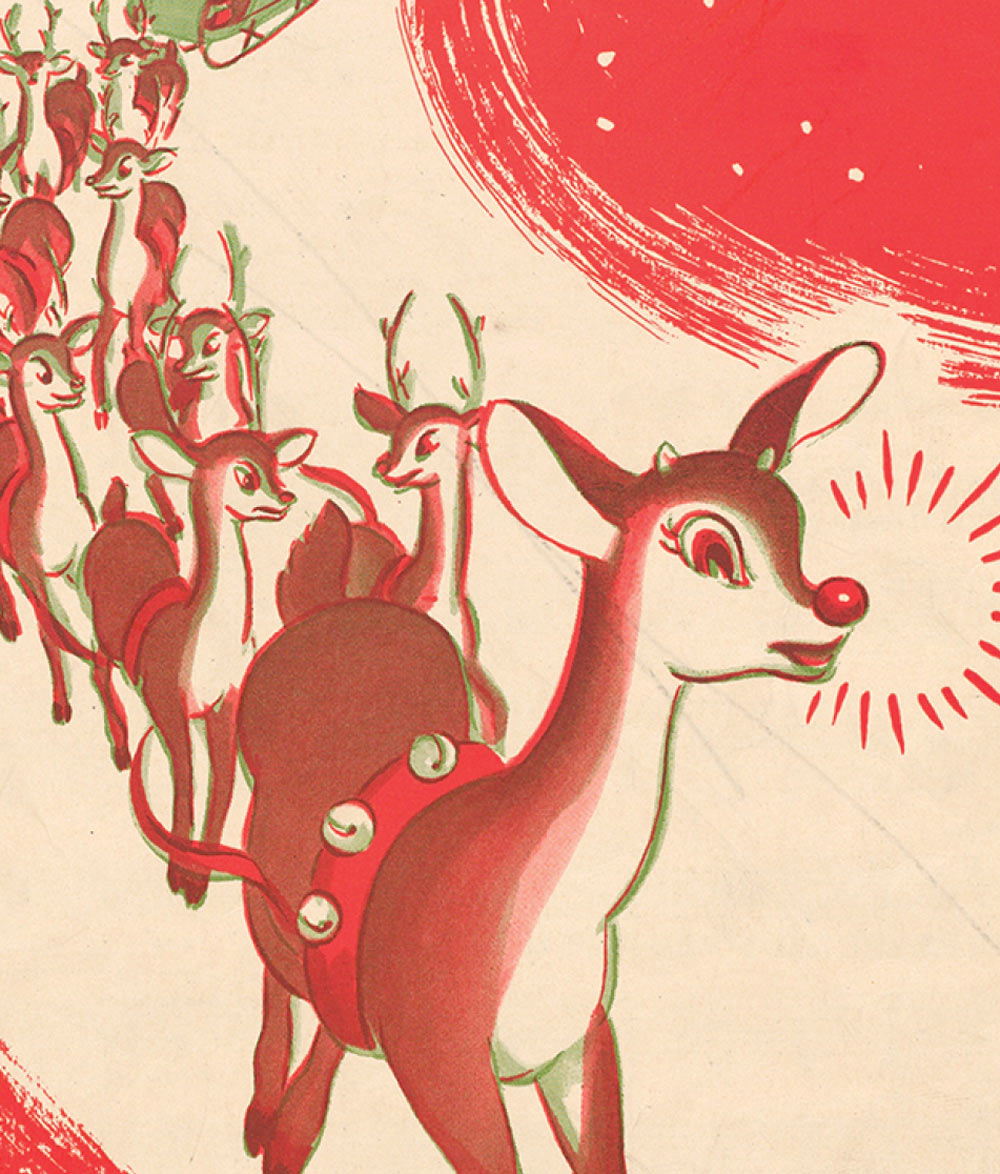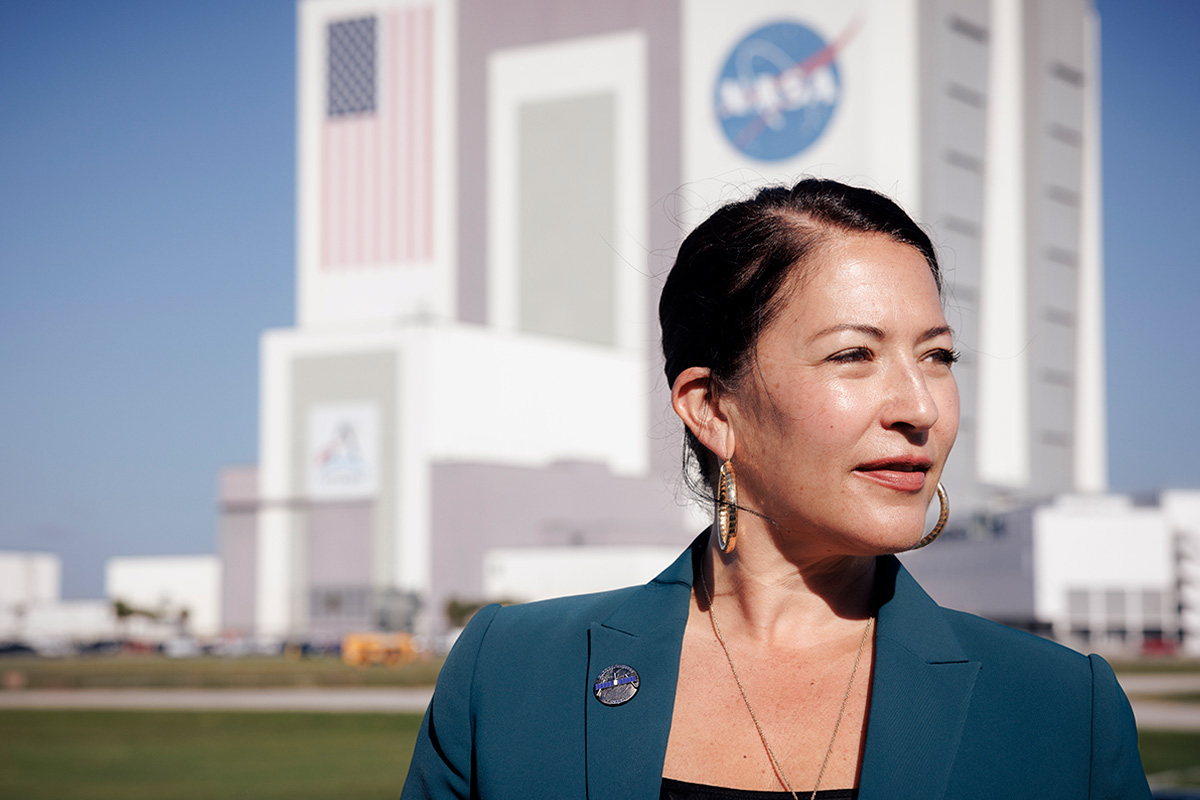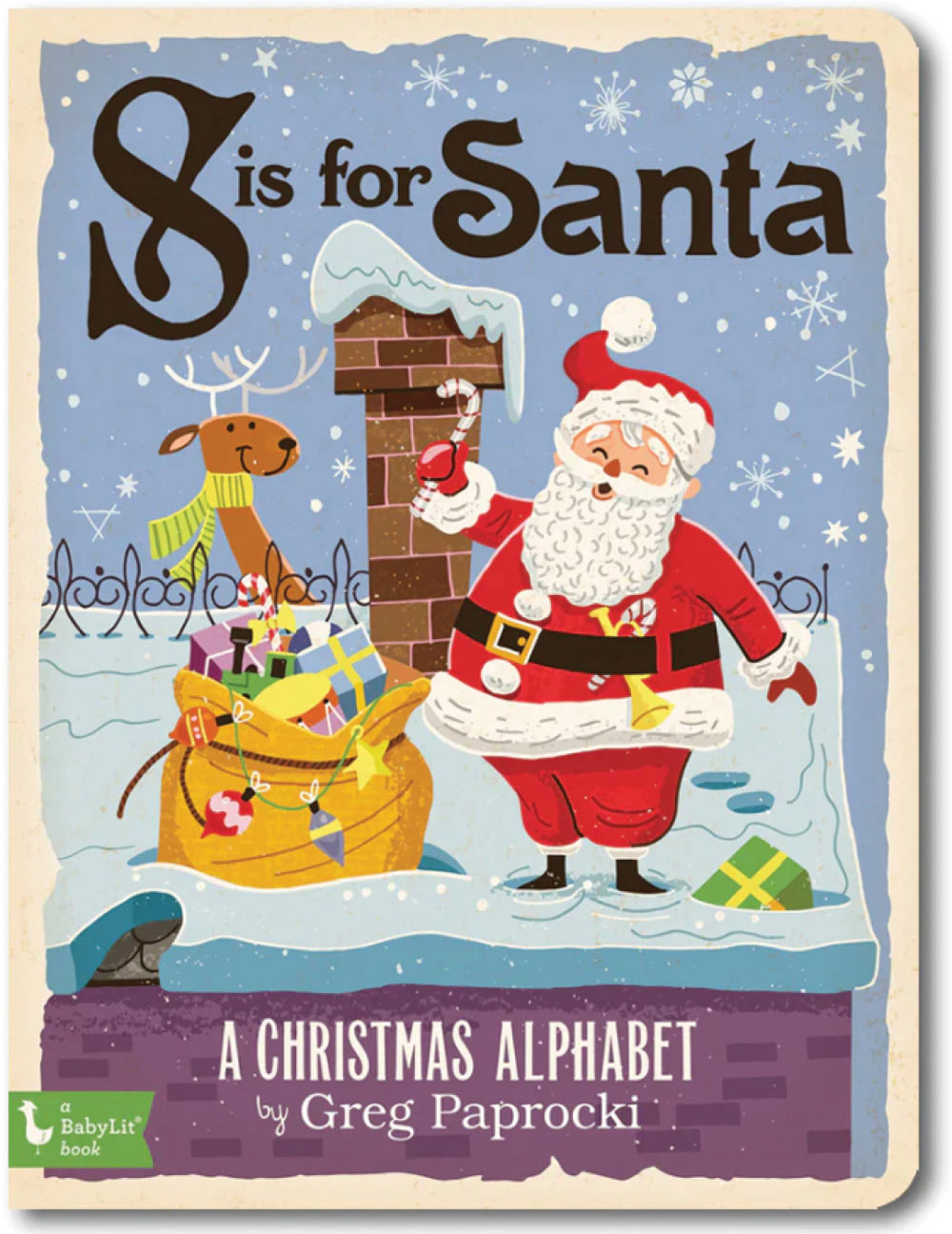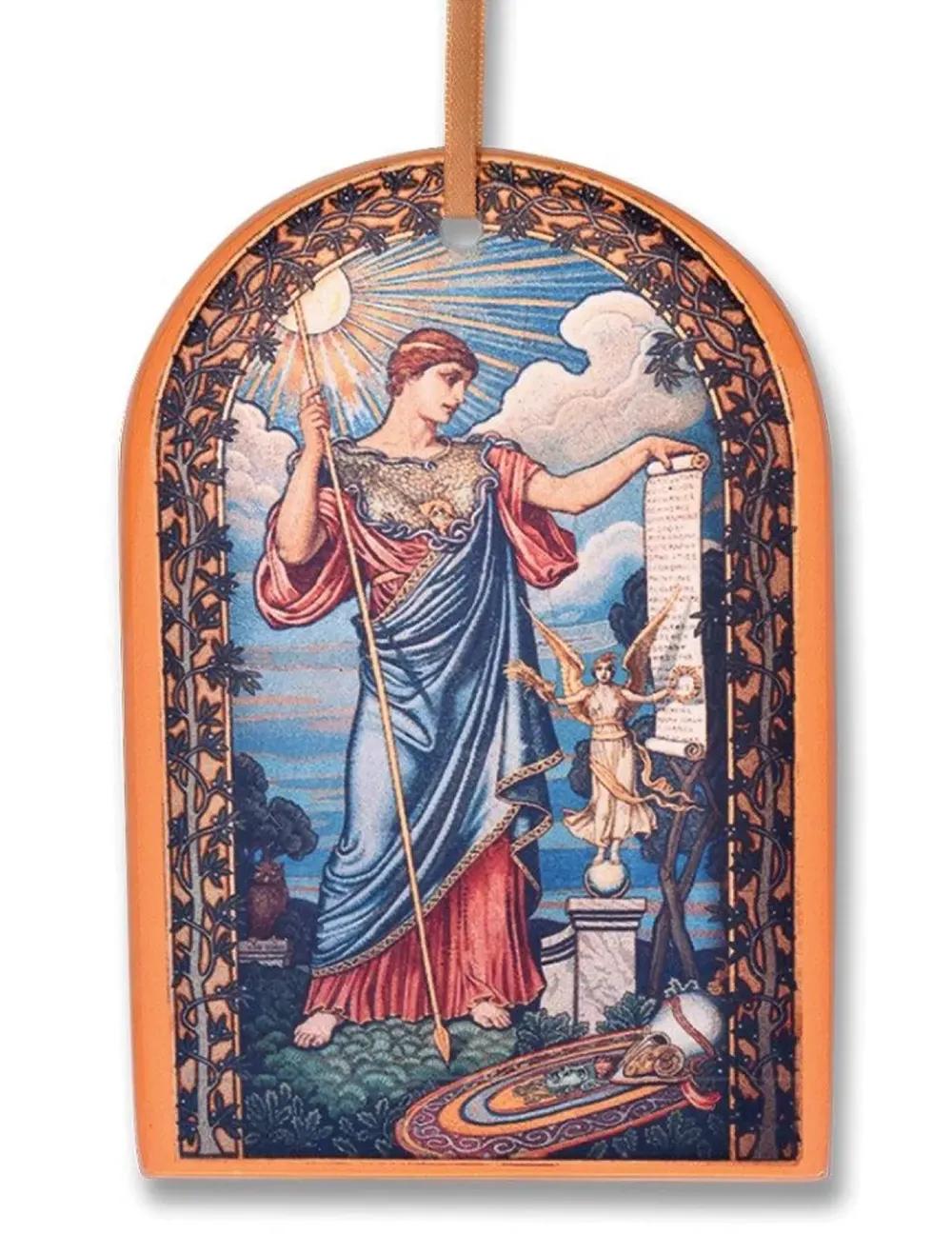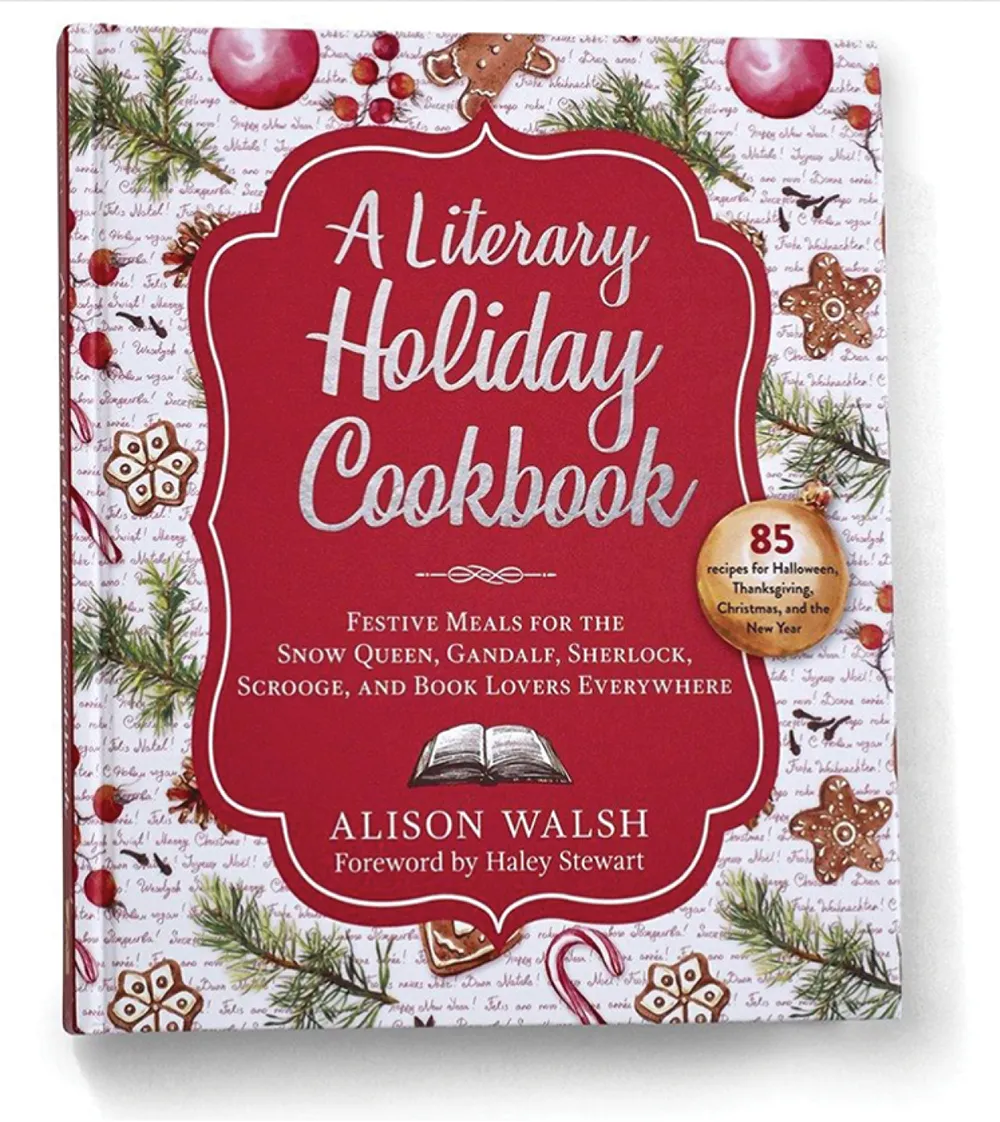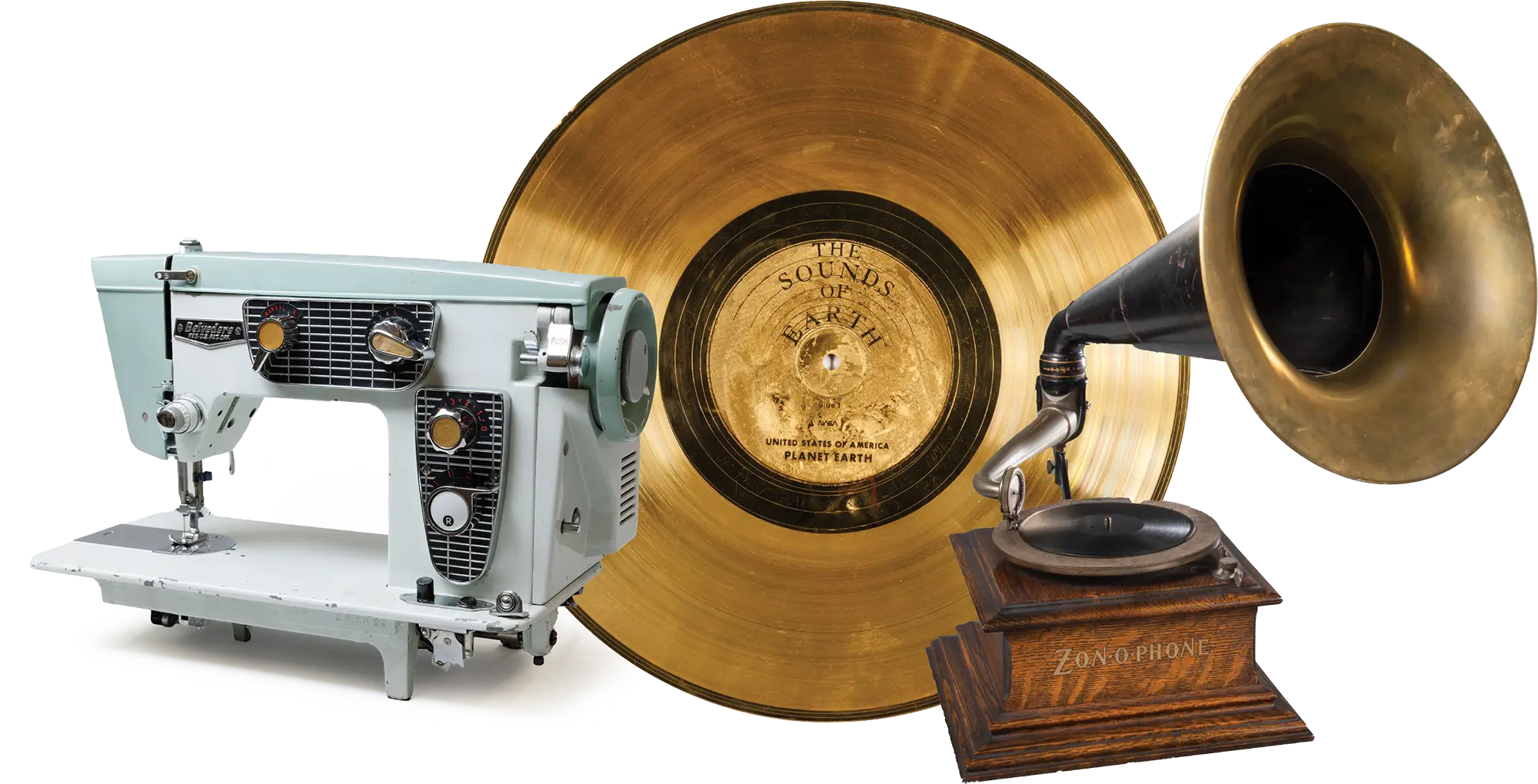Library of Congress Magazine November / December 2024

Features
-
10Rudolph’s StoryHow the most famous reindeer of all went down in history.
-
14Taste of the HolidaysHistorical cookbooks reveal the evolution of seasonal food over the decades.
-
20Paris Expo FacesExhibit showcased African American life at the turn of the century.
Departments
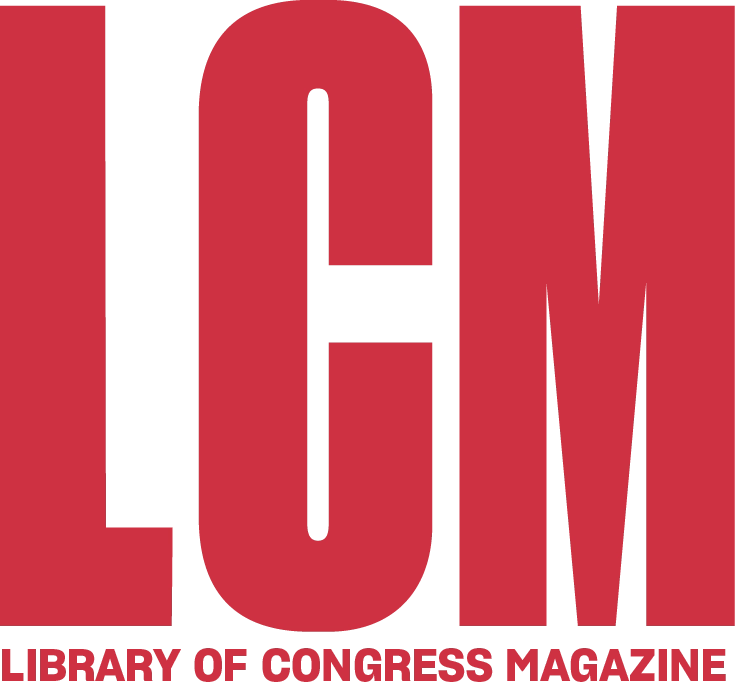
- november / december 2024
Vol. 13 No. 6 - Mission of the Library of Congress
- The Library’s mission is to engage, inspire and inform Congress and the American people with a universal and enduring source of knowledge and creativity.
- Library of Congress Magazine is issued bimonthly by the Office of Communications of the Library of Congress and distributed free of charge to publicly supported libraries and research institutions, donors, academic libraries, learned societies and allied organizations in the United States. Research institutions and educational organizations in other countries may arrange to receive Library of Congress Magazine on an exchange basis by applying in writing to the Library’s Director for Acquisitions and Bibliographic Access, 101 Independence Ave. S.E., Washington DC 20540-4100. LCM is also available on the web at loc.gov/lcm/. All other correspondence should be addressed to the Office of Communications, Library of Congress, 101 Independence Ave. S.E., Washington DC 20540-1610.
- news@loc.gov
loc.gov/lcm
ISSN 2169-0855 (print)
ISSN 2169-0863 (online) - Carla Hayden
Librarian of Congress - April Slayton
Executive Editor - Mark Hartsell
Editor - Ashley Jones
Designer - Shawn Miller
Photo Editor -
Contributors
Ryn Cole
Lauryn Gilliam
Carla Hall
Jennifer Harbster
Aimee Hess
Katherine S. Madison
Wendi A. Maloney
Hannah Ostroff
Neely Tucker
Brett Zongker
Connect On
Written in the Stars
All eyes fixed on the towering SpaceX Falcon Heavy rocket that would carry a NASA spacecraft on a 1.8 billion-mile journey to explore Europa, one of Jupiter’s moons. The mission was in the making for decades and imagined for far longer.
Galileo first discovered Europa through a homemade telescope in 1610. Now, scientists believe Europa is another water world covered with an icy crust and may hold the ingredients for life.
As the countdown clock ticked, a crowd of scientists, mission planners, family, friends — and the poet laureate of the United States — gathered under clear blue skies to watch. Then they counted down together. 10, 9, 8, 7, 6, 5, 4, 3, 2, 1. Liftoff. As the rocket lifted higher and turned out over the ocean, Poet Laureate Ada Limón wiped a tear and watched it disappear into the sky.
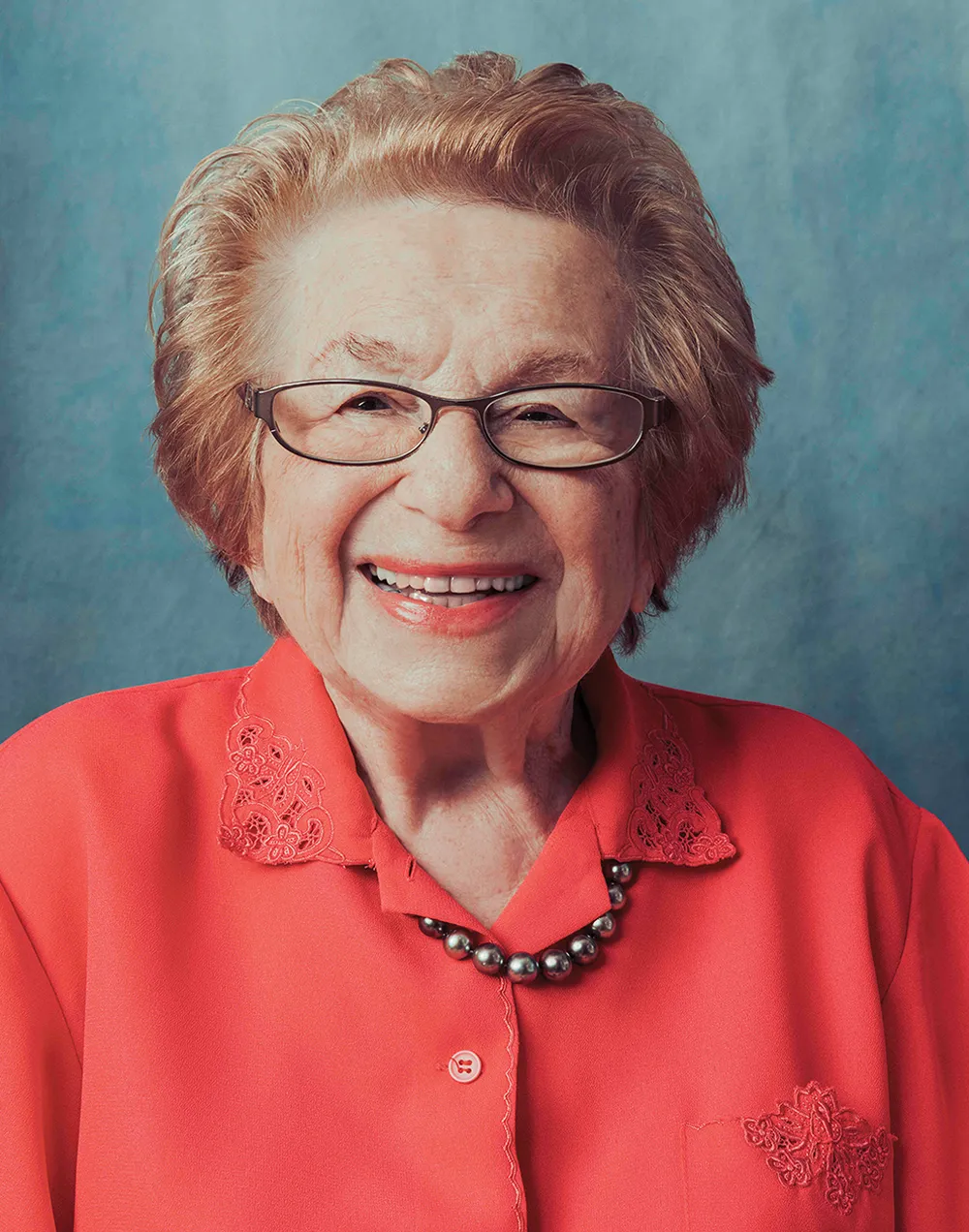
On the Air and in the Archive
Dr. Ruth first went on the air in 1980 in New York City. Only radio listeners with antennae strong enough to pick up New York’s 97.1 FM station could hear her German-accented voice until 1984, when NBC Radio nationally syndicated her program, “Sexually Speaking.” Her audience grew with the premiere of “Good Sex! With Dr. Ruth Westheimer” on Lifetime Television in 1984.
The Library’s Manuscript Division recently opened the Dr. Ruth Westheimer Papers for research. The collection consists almost exclusively of audience letters sent to Dr. Ruth from 1980 to 1986. Writers sought guidance for their problems regarding sexual experience (How do I achieve orgasm?) or relationship issues (Should I leave him?).
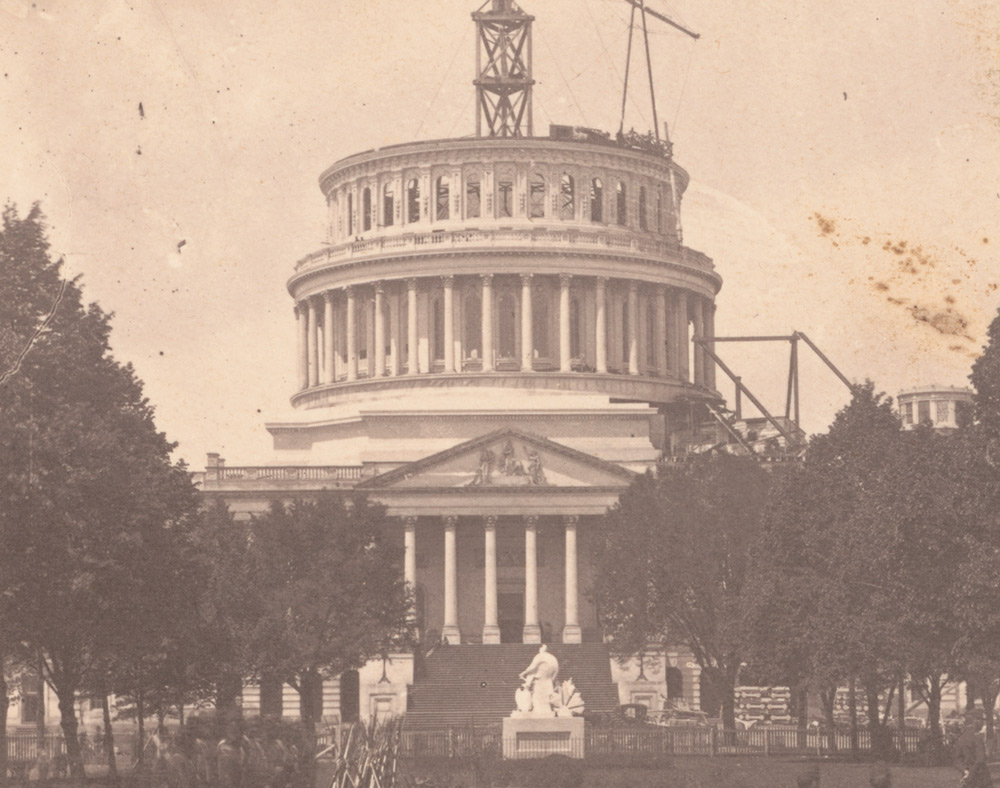
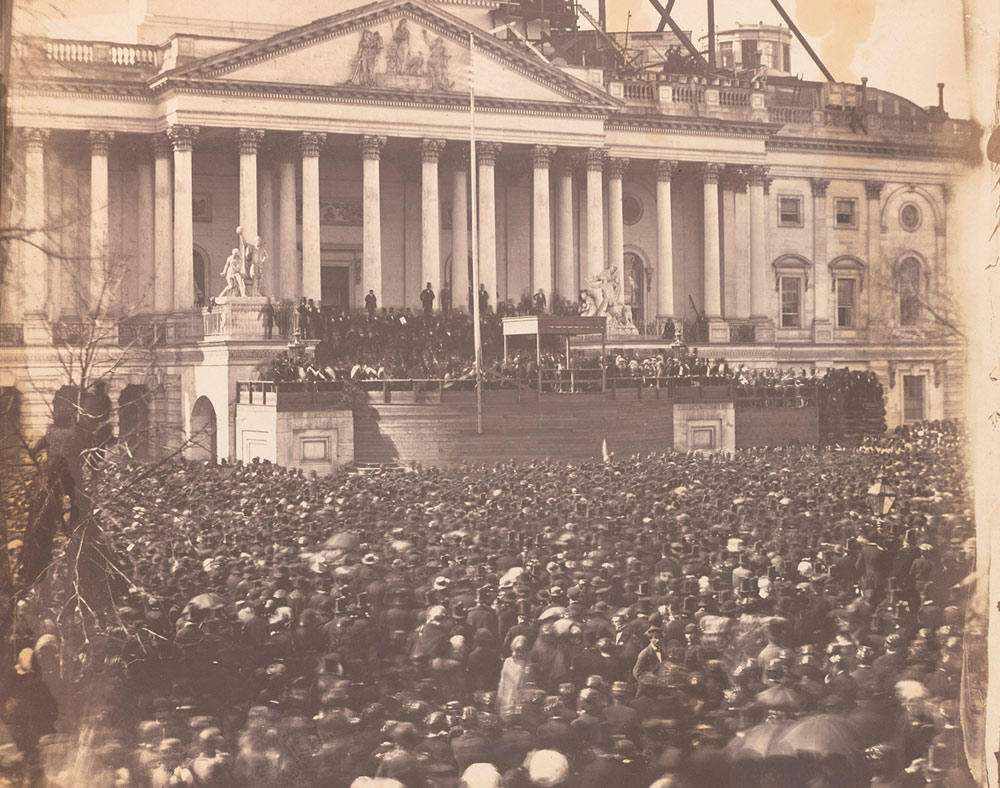
‘Magnificent Intentions’
As the United States’ first federal photographer, John Wood bore witness to this epic construction project and chronicled the transformation of Washington, D.C., into an established metropolis and center of government.
In “Magnificent Intentions: John Wood, First Federal Photographer (1856-1863),” Library of Congress conservator Adrienne Lundgren highlights the significance of Wood’s photographic images — his documentation of the U.S. Capitol and the Washington Aqueduct; the first panoramic photos of D.C.; the first inauguration photo, from James Buchanan’s inauguration in 1857; and documentation of the Civil War. It also includes a magnificent large format view of Abraham Lincoln’s 1861 inauguration from the Library’s collections. Lundgren’s research established that all of the extant photographs of Lincoln’s 1861 inauguration were taken by Wood.

Great Hall at Christmas
A roving band of employees dressed in medieval costumes puts on its annual mummers play, a holiday folk tradition in England, Ireland, Colonial America and the West Indies — and, now, at the Library.
The Library chorale performs seasonal favorites. Librarian of Congress Carla Hayden reads aloud to children gathered around her in the Great Hall.
You never know who might show up: Last year, singer Mariah Carey dropped by the Great Hall to pick up a certificate marking the induction of a signature hit into the Library’s National Recording Registry. The song: her smash “All I Want for Christmas Is You,” which played in the background as Carey, certificate in hand, posed for pictures by the massive Christmas tree.
Ah, the tree.
Each year, the Library erects a towering tree in the Great Hall, brilliantly lit and decorated with red ribbons and shining ornaments of gold, silver, red, blue and green.
Befitting America’s library, some ornaments come in book form, representing each of the 50 states. A volume titled “The Yellow Rose of Texas” hangs near “Idaho Mountain Bluebird,” itself perched on a branch just below “Georgia: Peace on Earth.”
The tree, of course, is spectacular at any hour. But it is perhaps best viewed in the evenings just before closing time, when the crowds thin out, the winter sky outside the windows darkens and the tree’s lights and colors cast a warm glow on one of America’s most magnificent spaces.
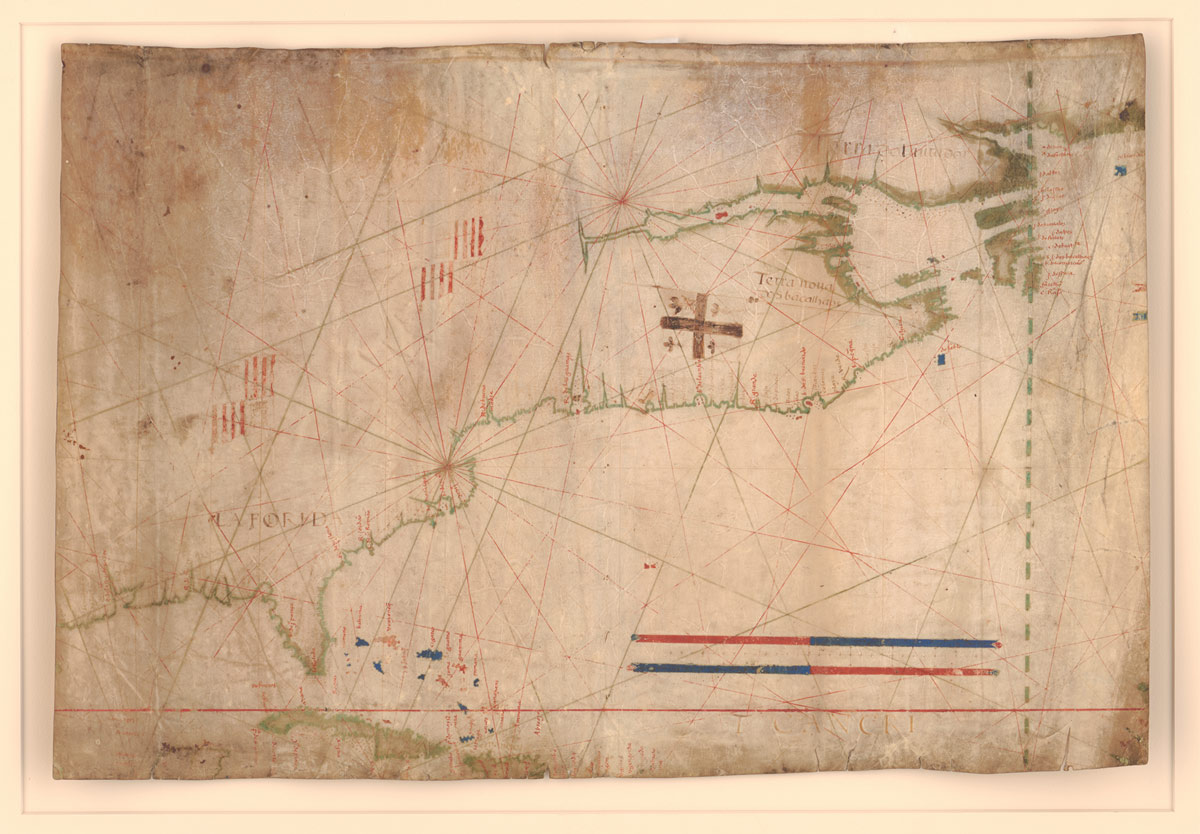
Bringing New Details to Light
Portuguese cartographer Bartolomeu Velho created the map — an early nautical chart, or portolan — around 1560, and the Library acquired it last year. It is one of a small group of portolans depicting the East Coast of North America known to exist.
The Velho portolan came to the Library by a circuitous route, to say the least. It was found in 1961 at Rye Castle Museum in Sussex, England. By then, however, the portolan no longer was intact: It had been cut into quarters and repurposed for its vellum, or animal skin.
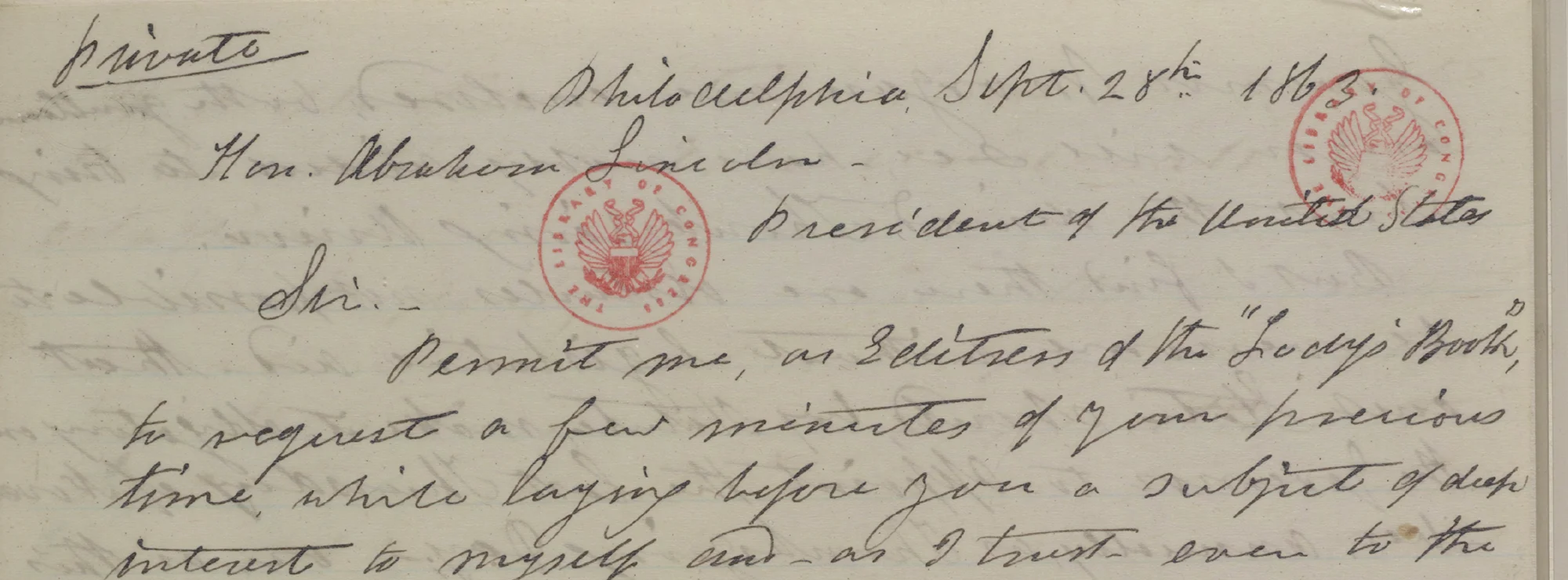
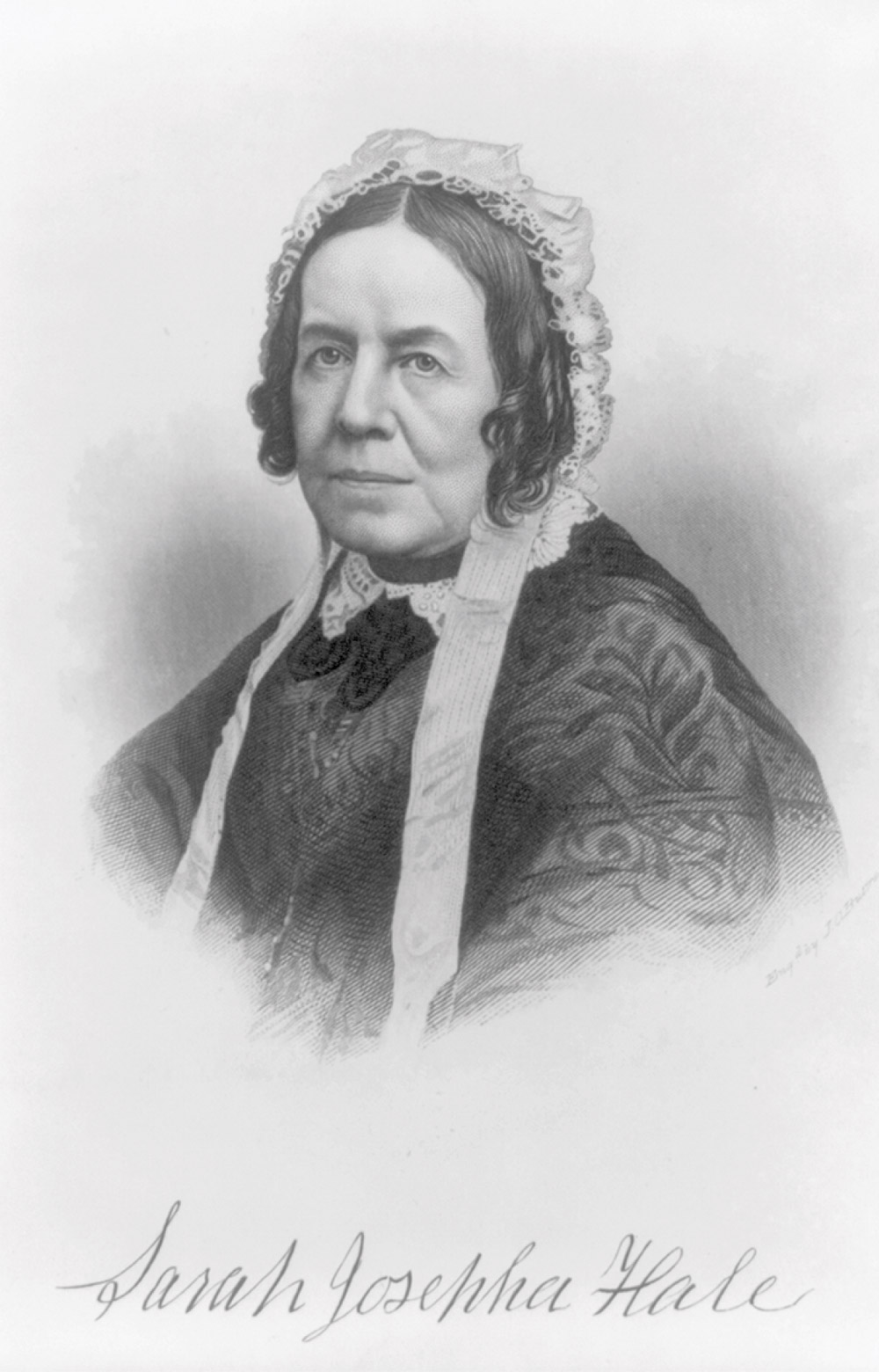
The Woman Who Helped Make Thanksgiving
Born in 1788, Hale was an American activist, editor and writer, best known as creator of the nursery rhyme “Mary Had a Little Lamb.” As editor of the popular Godey’s Lady’s Book magazine for women, she advocated for women’s education and the right to own property. A talented writer, she used her skills to persuade President Abraham Lincoln to proclaim a national day of thanksgiving on the fourth Thursday in November.
After years of writing to other government officials, Hale finally took her case to the top.

Aimee Hess helps produce books that showcase the Library and its collections.
I am the lead writer-editor in the Publishing Office, where we publish books about the Library and its collections. I oversee our editorial output, such as developing production schedules, ensuring we meet deadlines and reviewing all prepublication text. With just six staff members, we all contribute to get a project from the seed of an idea to something you can buy in the Library of Congress Shop, online and in bookstores. This includes developing ideas, writing proposals, conducting archival research, editing text, securing permissions, arranging scanning, working with designers and marketing.
I grew up in Westchester County, New York, in the beautiful Hudson Valley. I had many interests: sports, dance, music, theater, nature — and I always had my head in a book. During high school, I studied classical voice in the precollege program at Juilliard and considered going to a conservatory. Instead, I went to Princeton University, where I majored in English with a certificate in African American studies.
How ‘Rudolph’
Went Down in
History
Two brothers-in-law created the most famous
reindeer of all.
Marks studied music in college in the 1920s, penned a good song or two for Guy Lombardo’s orchestra in the late 1930s and had a major hit with “Address Unknown” for the Ink Spots in 1939. He served with distinction during the war and wrote a few minor things, but now he was nearly 40 and looking for a hit.
It was about this time that his sister Margaret married Robert L. May, the guy who had come up with the “Rudolph” story back in 1939. May was an ad writer for Montgomery Ward department store, and the company gave away more than 2 million copies of his 31-page “Rudolph” story as a holiday treat for customers that year. After the war’s paper restrictions ended, the store had given away another 3 million before letting May have the copyright in 1947.
Whether May suggested he take a crack at it or on his own whim, Marks looked over his new brother-in-law’s story with a professional eye. It merged “The Ugly Duckling” storyline with the rhyming couplets style of “’Twas the Night Before Christmas.”
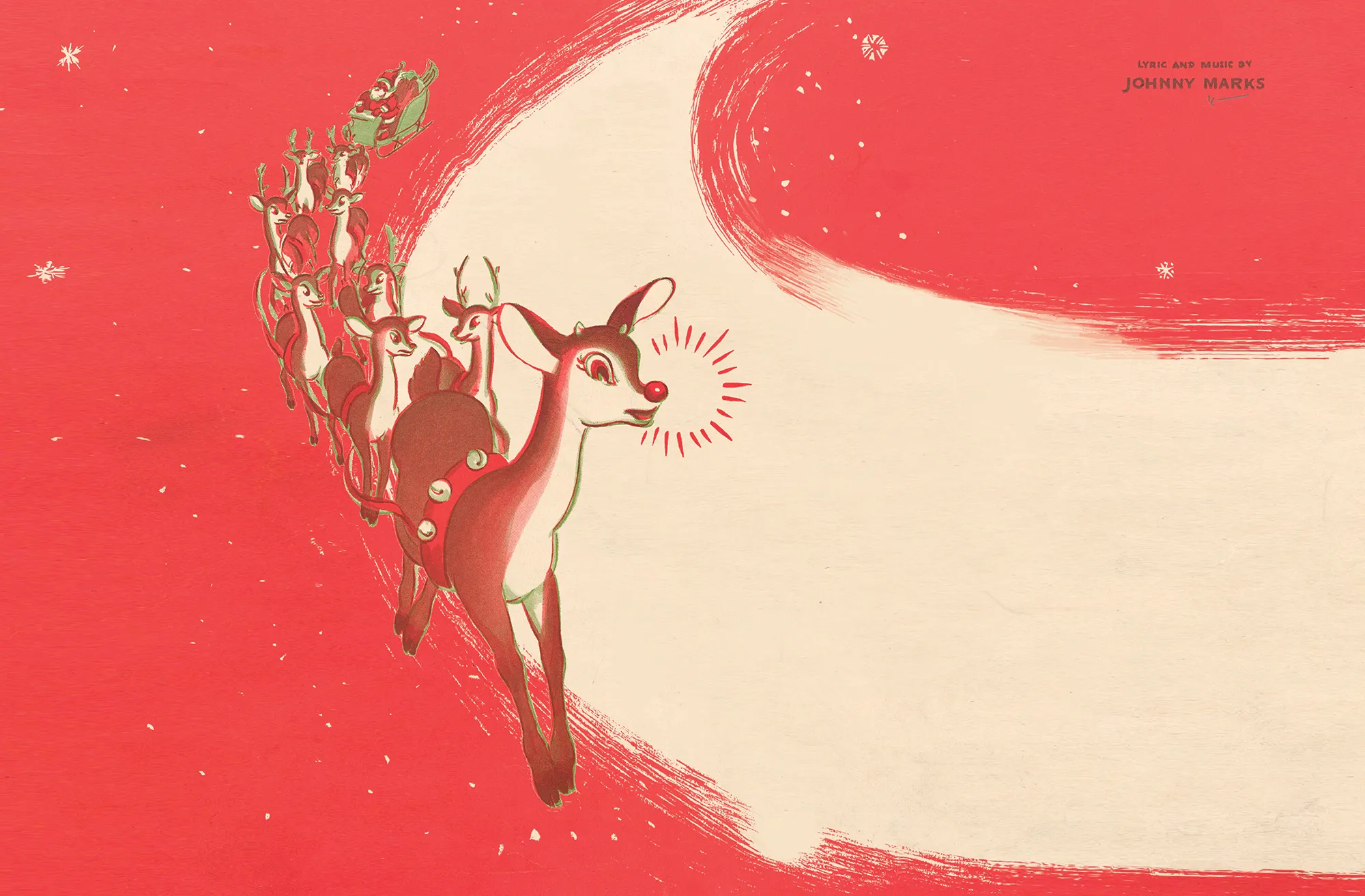
How ‘Rudolph’ Went Down in History
Marks studied music in college in the 1920s, penned a good song or two for Guy Lombardo’s orchestra in the late 1930s and had a major hit with “Address Unknown” for the Ink Spots in 1939. He served with distinction during the war and wrote a few minor things, but now he was nearly 40 and looking for a hit.
It was about this time that his sister Margaret married Robert L. May, the guy who had come up with the “Rudolph” story back in 1939. May was an ad writer for Montgomery Ward department store, and the company gave away more than 2 million copies of his 31-page “Rudolph” story as a holiday treat for customers that year. After the war’s paper restrictions ended, the store had given away another 3 million before letting May have the copyright in 1947.
Whether May suggested he take a crack at it or on his own whim, Marks looked over his new brother-in-law’s story with a professional eye. It merged “The Ugly Duckling” storyline with the rhyming couplets style of “’Twas the Night Before Christmas.”
Winter Spirits
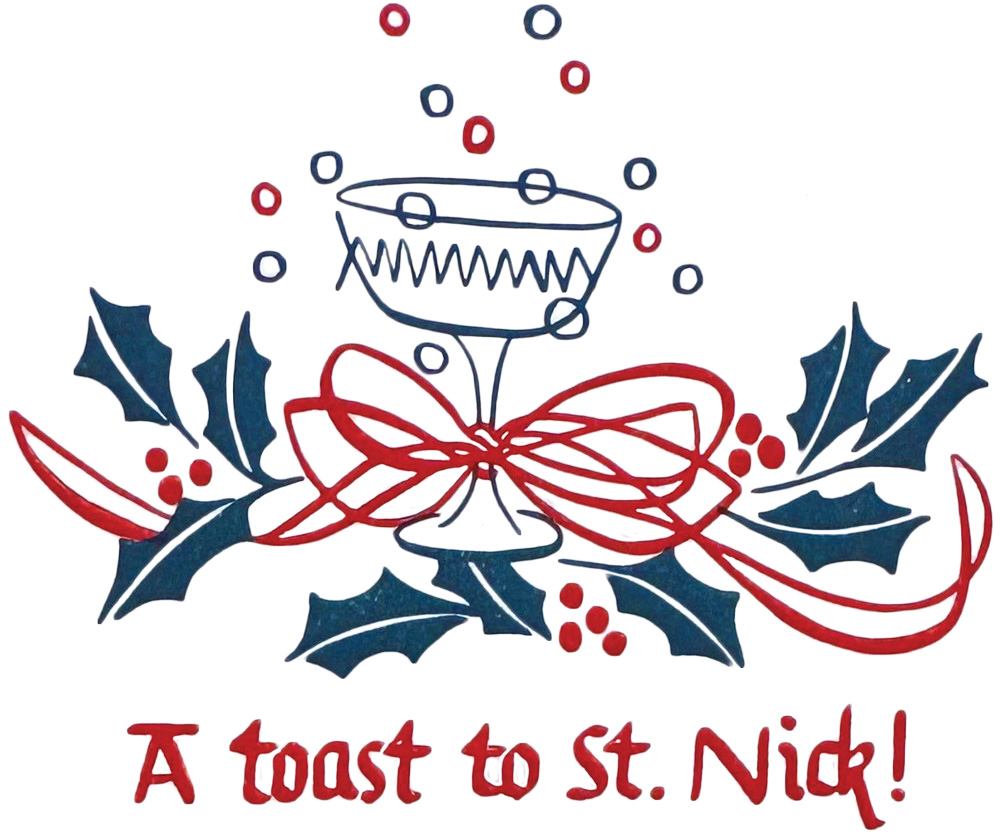

Flutemaginely

A Taste of the Holidays

The Library of Congress collections hold some 40,000 cookbooks, plus thousands of recipe booklets, archival recipes and dietary therapy books, that reflect America’s holiday food traditions — a seasonal smorgasbord of ingredients, techniques, technology and culinary viewpoints.
Cookbooks devoted to the holidays didn’t become popular until after World War II, though festive recipes nevertheless had their place.
The first cookbook added to the Library’s collections was at least holiday adjacent: Thomas Jefferson’s copy of “The compleat confectioner, or, The art of candying and preserving in its utmost perfection,” a 1742 volume written by Mary Eales.

Faces of the Paris Expo

That display, composed of hundreds of photographs, charts, books, maps and diagrams, was organized by W.E.B. Du Bois, the writer, activist and sociologist; Thomas Calloway, a lawyer and activist; and Daniel A.P. Murray, an assistant librarian at the Library of Congress. They wanted to show the world — or at least the international visitors to the fair — that three decades and change after gaining their freedom, Black Americans were making vast intellectual and social gains. Their exhibit, within the Palace of Social Economy and Congresses, was to advocate for the positive representation of Black Americans and the preservation of their literature, culture and history.

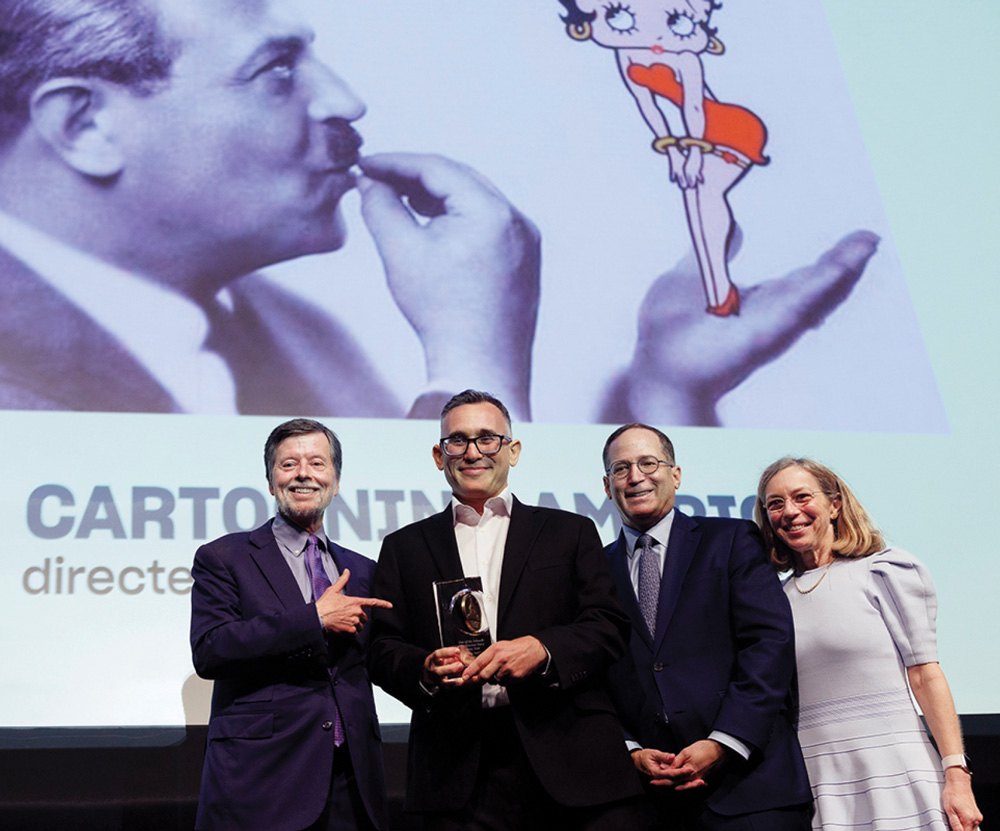
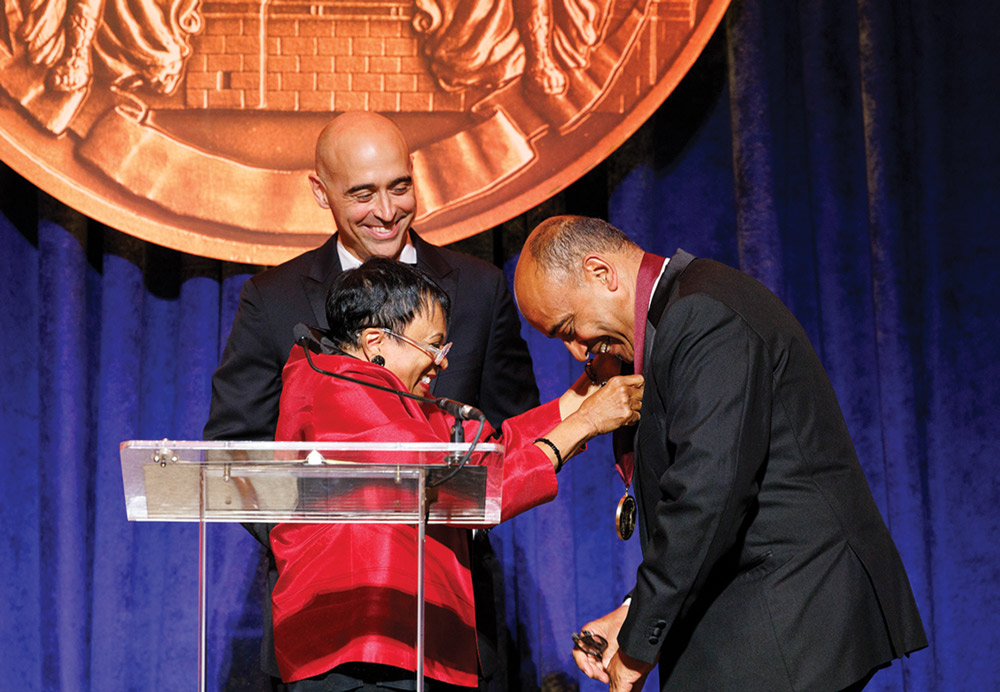
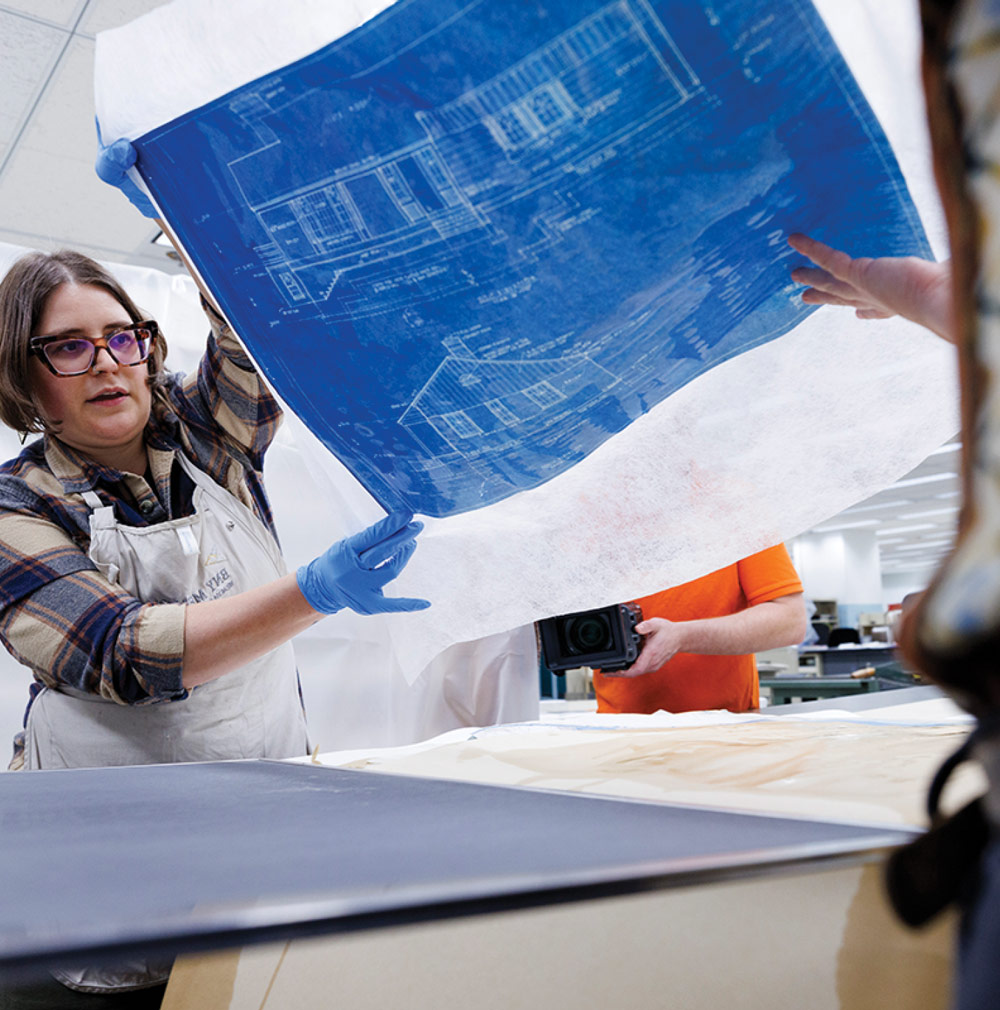
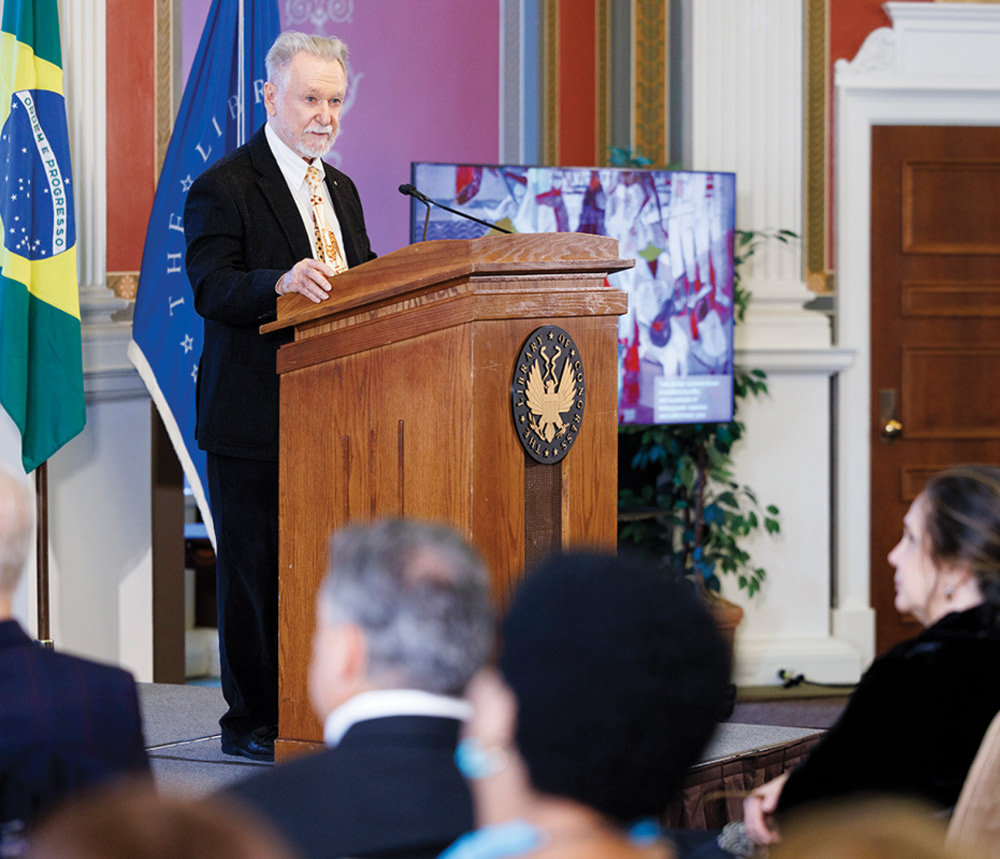
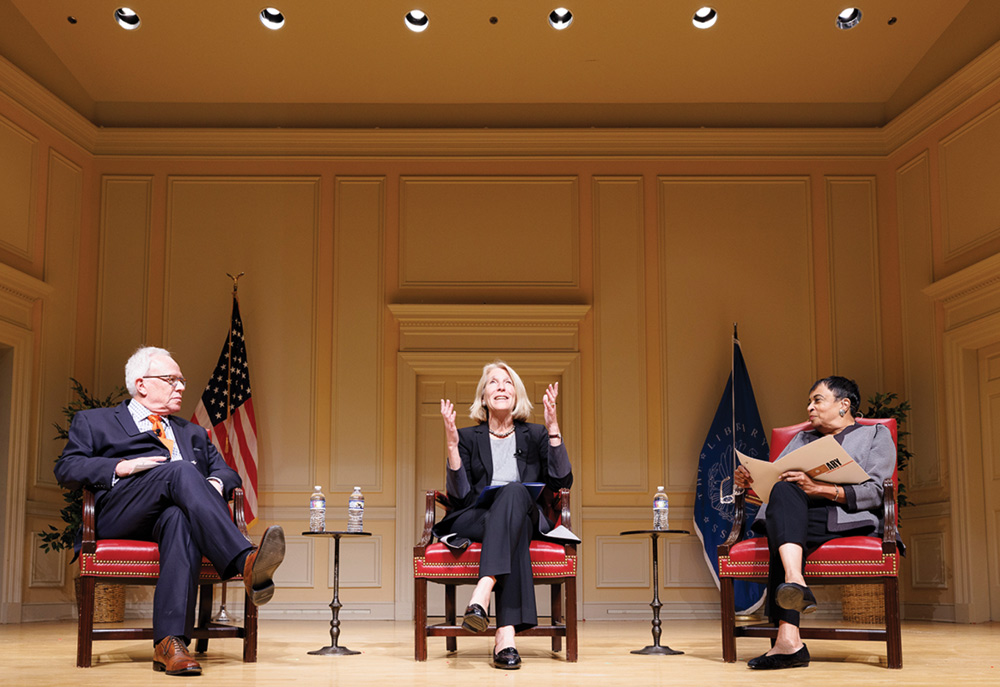
News Briefs
Foreign Policy Expert Donfried Selected as Director of CRS
A noted foreign policy expert, Donfried has more than three decades of experience leading foreign policymaking, analysis and research with the U.S. Department of State, the German Marshall Fund and CRS.
Most recently, Donfried served as the assistant secretary of state for European and Eurasian affairs, acting as the secretary of state’s lead adviser. Earlier in her career, Donfried served as an analyst and specialist in European affairs in CRS’ Foreign Affairs, Defense and Trade Division.
‘Cartooning America’ Earns Lavine/Burns Prize for Film
The director, Asaf Galay, received a $200,000 cash prize for the multipart film about the Fleischer Brothers, a family of animators who created innovative techniques that transformed the industry and still are in use today in an evolved form.
Shop
‘S is for Santa’
Product #21109319
Price: $5.99
Minerva Ornament
Product #21506360
Price: $25
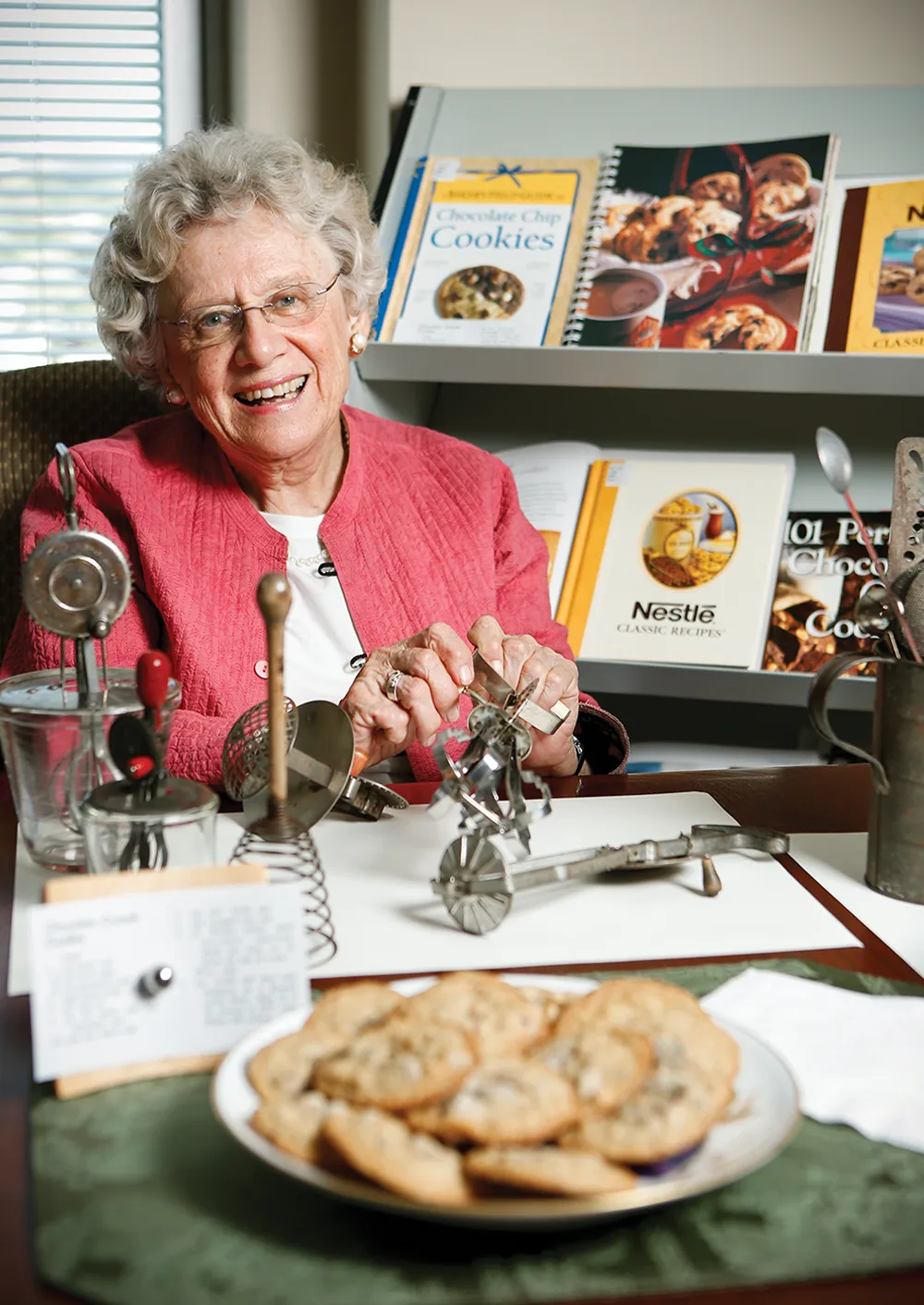
Special Friend
Despite being “a librarian with dyslexia,” Carter turned this challenge into a strength. She mastered the art of memorizing the reference collection and locating materials with exceptional precision. Her extraordinary skill earned her the title of a “great enabler” from noted scientist and historian Ian Bartky. She’s been acknowledged in over 70 publications, including two by Bartky.
All along, Carter has followed her father’s advice: “Do not try to be top dog in any organization; find a niche where you can make a difference, and you will be happy.” And, indeed, she is!




Carla Hall
That time in my life is the inspiration behind my children’s book, “Carla and the Christmas Cornbread.” Food, family and love were all wrapped together during those early days, and that’s the story the book tells. In reality, though, our Christmas table wasn’t just for my immediate family — cousins, aunts, uncles and other relatives would come from all over Tennessee, New York and Michigan, filling the house with energy and laughter.
One of my fondest memories is how Granny would wait until we arrived to start making her famous cornbread. She made it fresh, and her cinnamon butter really took it over the top — just butter, powdered sugar, cinnamon and a splash of vanilla extract. You had to eat it hot, right out of the oven.
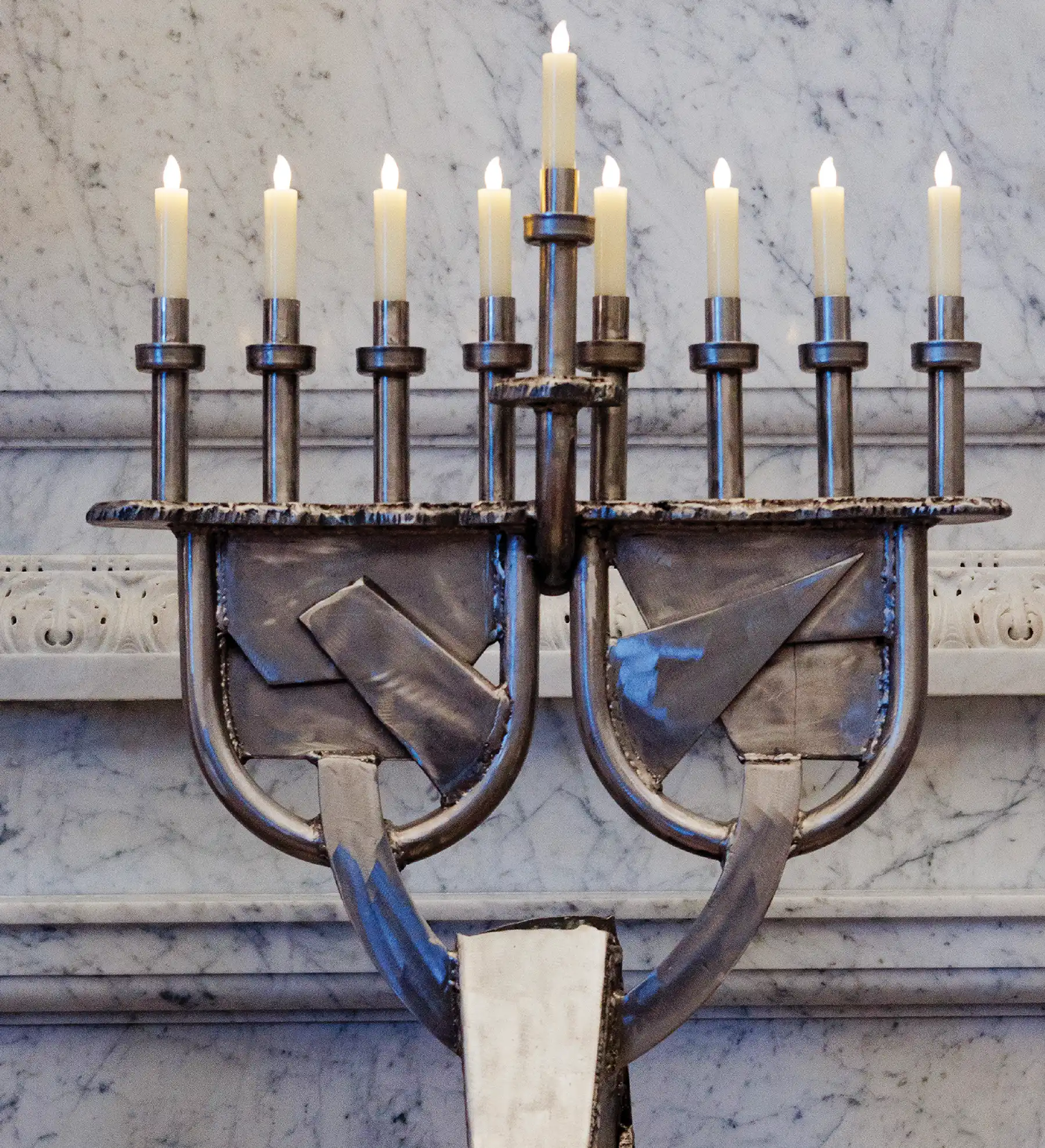

Current Exhibitions

Ongoing
NOT AN OSTRICH
Ongoing
THOMAS JEFFERSON’S LIBRARY
Ongoing
More Information


